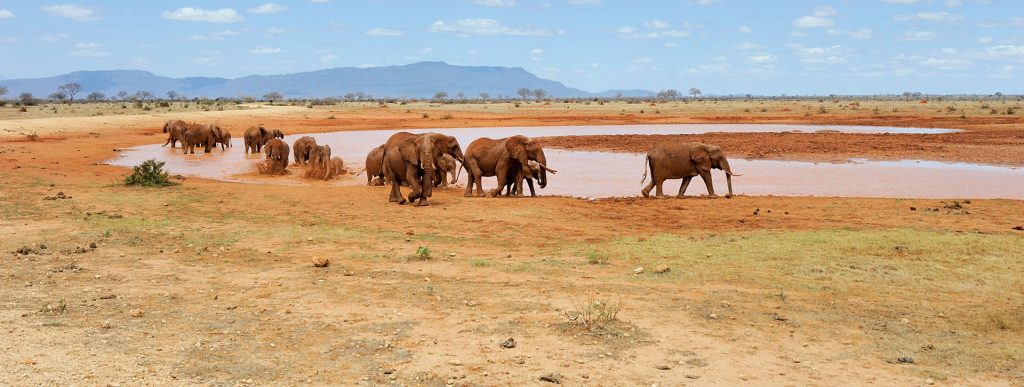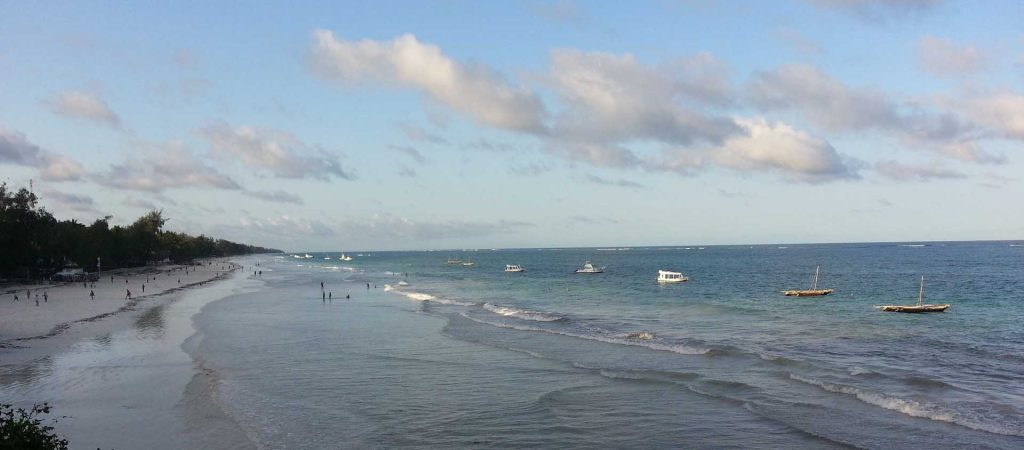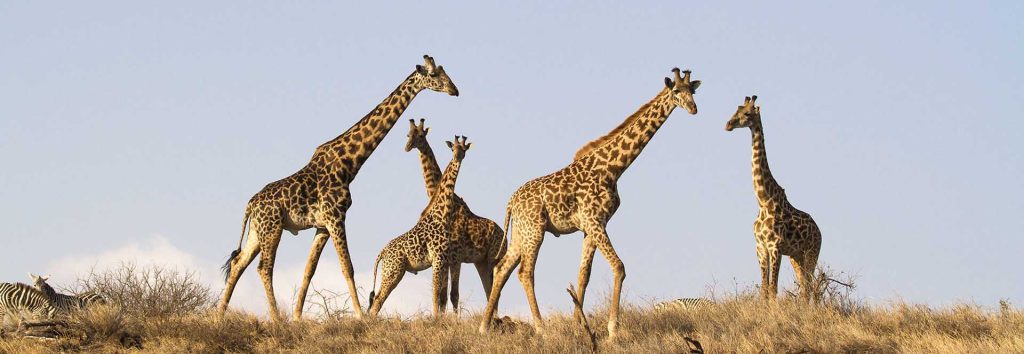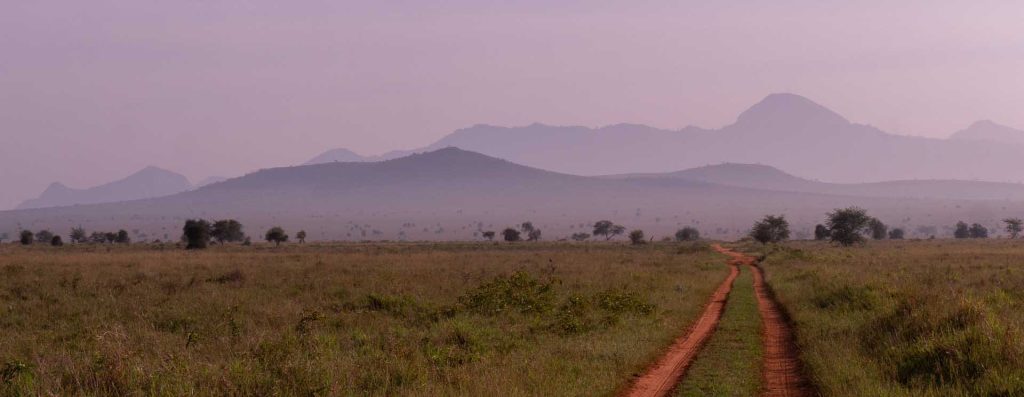Kenya Top Destinations
Tsavo West National Park
Tsavo West National Park is located on the southern border of Kenya with Tanzania, approximately 200km southeast of Nairobi. Together with Tsavo East, this park forms one of the largest game sanctuaries in the world. The Mombasa/Nairobi road separates the East and West parks, making it convenient to visit both on a circuit with Mombasa.
Tsavo West offers a diverse range of landscapes, including swamps, natural springs, rocky peaks, extinct volcanic cones, rolling plains, and striking reddish outcrops. Spotting wildlife can be challenging due to the dense scrubs. In order to streamline administrative purposes, Tsavo National Park was divided into East and West in May 1948, just a month after its establishment. Covering an impressive area of 21,812 square kilometers, Tsavo National Park is the largest park in Kenya.
The park derives its name from the Tsavo River, which flows from west to east. It is renowned as one of the world’s biodiversity hotspots. What sets Tsavo West apart is its unique allowance for night drives and off-road driving, providing visitors with an up-close experience of the wildlife.
By road:
The primary entry points to the park are via Chyulu Gate, which can be reached from Amboseli, and Mtito Andei Gate, which is accessible from Nairobi. Travelers coming from Mombasa typically enter through Tsavo Gate, located near Manyani. Those coming from Taveta – Voi Road have the option to access the park through Maktau, Ziwani, and Jipe Gates.By Air:
The subsequent airstrips provide convenient access to Tsavo West National Park: Kamboyo, Kilaguni, Tsavo Gate, Jipe, Kasigau, Finch Hottons, Ziwani and Maktau.Tsavo West National Park boasts a diverse range of wildlife and bird species, with over 600 recorded bird species. Visitors can expect to encounter magnificent creatures such as leopards, cheetahs, buffalos, rhinos, elephants, giraffes, zebras, duikers, waterbucks, lions, crocodiles, mongooses, warthogs, hyraxes, dik diks, and porcupines.
One of the park’s highlights is the Ngulia Rhino Sanctuary, situated at the base of Ngulia Hills. This sanctuary is an integral part of the Rhino Ark Programme, which safeguards Tsavo West’s invaluable population of black rhinos. Additionally, the Shetani flow, an 8km long, 1.6km wide, and 5m deep black lava flow, stands as a testament to past volcanic eruptions.
Within this flow lies a cave, albeit with a narrow exit that remains inaccessible. Lastly, located in the park’s far southwestern corner, Lake Jipe is a captivating attraction nourished by the runoff from Mount Kilimanjaro and the northern Pare mountains. A visit to this enchanting lake is truly a remarkable experience.
Tsavo West National Park is located slightly below the equator. The temperature in the park remains consistent throughout the year, ranging from 27-31°C (81-88°F) during the day and 22-24°C (72-75°F) at night. From December to April, the humidity levels are relatively high. The park experiences two distinct rainy seasons. The long rainy season, also known as the monsoon season, occurs from March to May. The shorter rains fall between October and December.






